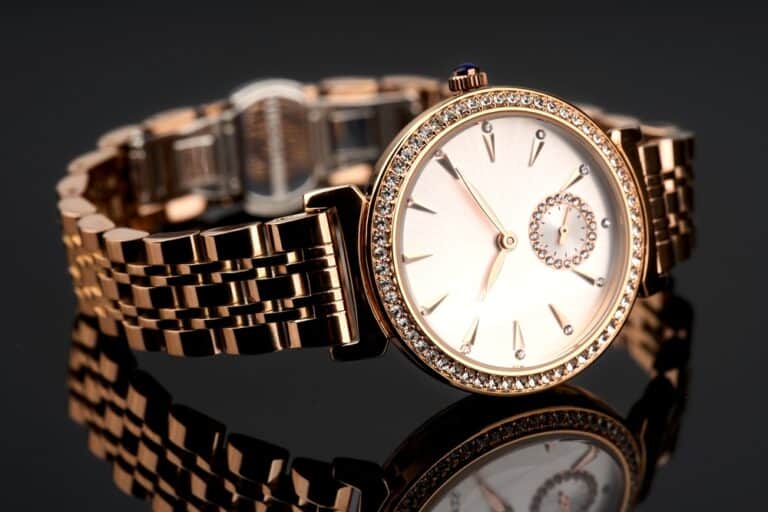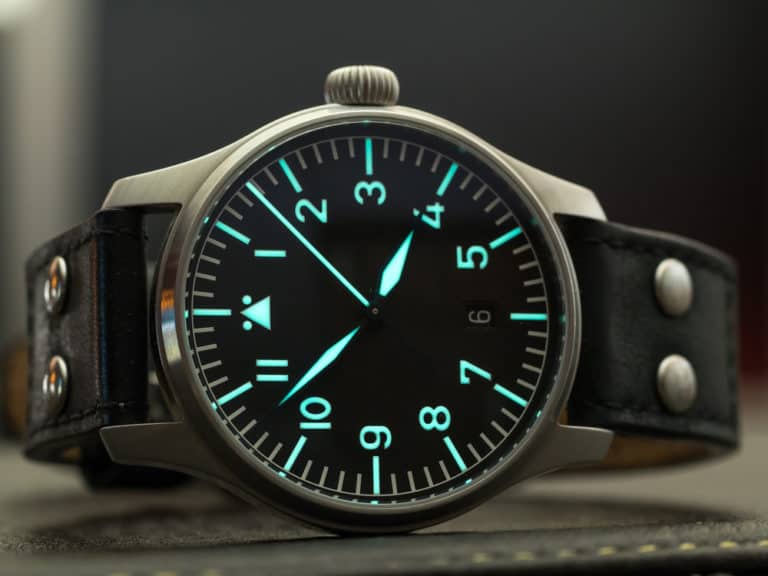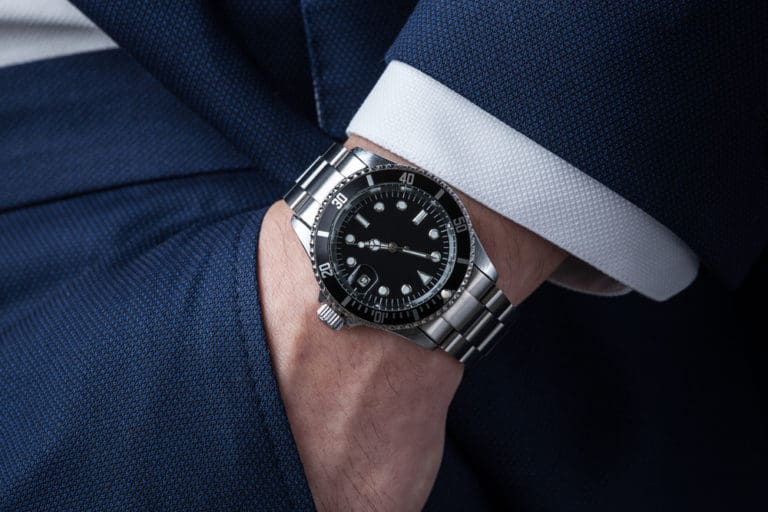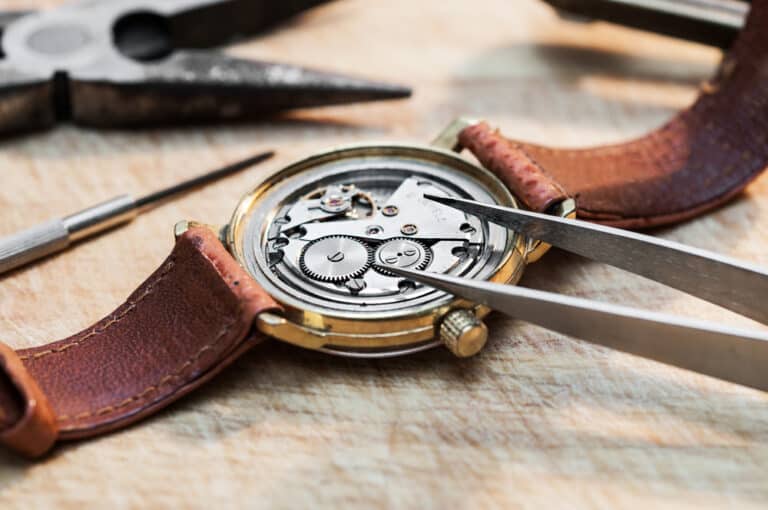The world of watches and other timepieces is far more complex than most people realize, but everyone knows that some watches are extremely valuable to the right person. This leads everyone with an old watch to wonder how they can tell if their watch is worth anything or if they should not bother trying to sell it. How do you know if your old watch is worth anything?
To know if an old watch is worth anything, determine the watch’s brand, model, and serial number. The rarity, condition, authenticity, age, and craftsmanship of the watch also determine its value, as do the materials it is made from. Determine these to determine their value.
There are several ways and methods to determine if an old watch has any value, and there are several contributing factors to the value of an old watch. If you have an old watch and want to determine its value, some key methods and criteria can help you do so. Let’s explore how to determine if an old watch is worth anything.
How To Know If Your Old Watch Is Worth Anything?
Many families have an old watch handed down over generations, and there are people who bought a watch 50 years ago and are wondering what it is worth on the current market. If you have an old watch, it is important to determine its value, as some vintage watches are worth significantly more money than you may expect.
However, the world of fine watches is very complex, and many factors determine the value of a watch. It is not enough for a watch to be old or made by a good brand for it to be valuable. An old watch must meet several criteria to have any worth.
Several questions must be answered when determining the value of an old watch. These questions lead us to the answers that determine the value of the timepiece and whether or not the watch has any worth.
If you have an old watch with an undetermined value, these are the questions to find the answers to to find its value.
Which Watchmaker Made The Watch?
The first question to answer when determining the value of an old watch is which company made the watch.
The watchmaker, company, or brand that produced the watch is among the most important factors in the value of a watch.
The unfortunate reality is that there are only. A handful of watch companies produce timepieces that appreciate value over time or after they have been purchased first-hand.
Brands such as Rolex and Patek Philippe are among the few watchmakers producing watches that become more valuable over time. Patek Philippe produced the most expensive watches ever made, and Rolex watches consistently fetch amazing prices at auctions if they meet the right standards.
This is the first question to ask, as the brand of the watch is the first criterion that determines its value. If the watch is an unknown brand, it has almost no value, regardless of its condition, craftsmanship, functionality, or beauty.
The only value an unknown watch may have is in the materials that it is made from, provided it contains materials such as gold.
What Condition Is The Watch In?
The next question to answer is what condition the watch is in.
Even a watch made by a reputable brand such as Rolex, or a watch with a high intrinsic value, such as a watch made from pure yellow gold, is not worth much if it is in poor condition.
There are several instances of the same watch model selling at vastly different prices solely based on the condition of the watches. The condition of the watch can literally be the difference between selling the watch for $1,000,000 and $10,000.
The state of the watch is a critical factor in its value. If the watch is in good condition, it may have a high value. If the watch is in poor condition, any value it may have had is probably lost.
Some watches even lose their value if they have been serviced, as the act of polishing the watch tarnishes the metal just enough for it to lose value.
Some watches lose all value if they are restored to excellent condition, and some watches are only valuable if they have never been worn.
The reality of luxury watches is that condition is key, and if the watch is not in the best condition for its year, make, and model, it may not be worth anything.
What Is The Model And Reference Number?
Once you have established the brand that made the watch and determined that the watch’s condition is good enough to continue the investigation into its value, the next step is to find the model of the watch and its reference number.
All major watch companies print a specific reference number for watch models made within a certain time period and by a manufacturer.
This serial number or model number is usually stamped into the back of the case but can be found in various locations on the case, depending on the model.
Look for the watch’s serial number, and then look for an online database for the watch brand. The manufacturer often has a database for looking up serial numbers.
Ut the serial number in the database, which will tell you the model of the watch, as well as when it was manufactured, where it was manufactured, and other information regarding the origin and identification of the watch.
This is important information that can significantly help define the timepiece’s value.
Does The Watch Have Papers?
All luxury watches made by prominent brands are sold with papers of registration and authenticity that prove when the watch was bought, who it was sold to, who it was sold by, and all other information about the watch regarding authenticity, serial numbers, and manufacturing dates.
The next question to ask is whether or not your old watch has such papers.
Most of the work is already done for you if you have the papers for the watch. These papers will prove that the watch is authentic. They will have the identification numbers of the watch clearly visible. They will state the age of the watch and the watch’s manufacturer.
If you have the papers for the watch, and if it is in good condition, and you have the papers for it, you will probably find that the watch has some value., depending on the model.
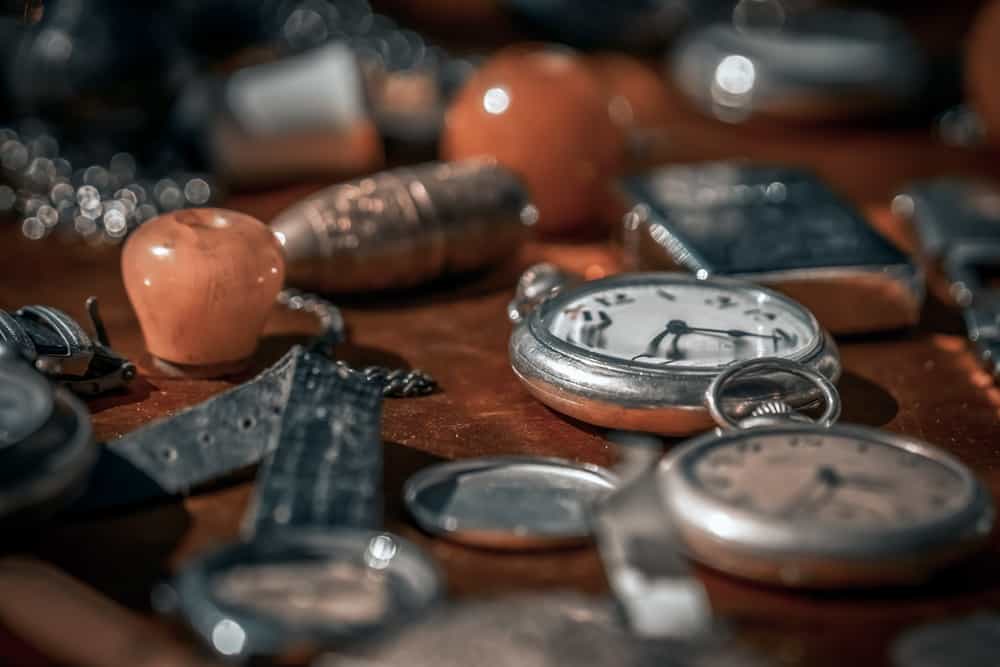
How Old Is The Watch?
The age of a watch is another significant factor in its potential value. The older a watch is, the rarer it becomes, and in some cases, the more valuable it can be. However, the negative here is that watches also tarnish with age if they are not cared for, which means that the watch may have lost value as it has grown older.
Finding the papers for the watch or the model and serial numbers should enable you to find or determine the age of the watch.
This is important information for appraising the watch and determining its value. Some watch age well and appreciate over time, especially if they are well-maintained, serviced regularly, and kept in good condition.
An old watch that is a limited edition, a rare model, or a watch made from materials that appreciate can be worth a lot.
However, old watches can also depreciate, which may have lost value over time. The only way to know is to look up the prices of watches of a similar age and model to help determine a rough value before the watch can be appraised.
How Rare Is The Watch?
The most valuable of all vintage watches are those that are rare. It is important to find out how rare your old watch is or how common it is, as this will help determine its value.
Finding the model number, serial number, and papers for the watch should provide you with all of the information you need to determine the watch’s rarity. When you know the watch’s identity, you should be able to determine its rarity through a simple online search.
Watches are rare if they were produced in small numbers, if they were made in a special or limited edition, or if the watch was made for some commemoration.
If a watch is rare, it is far more valuable than otherwise. The rarity of a watch can even outweigh other issues with the timepiece.
If a watch is old, not in good condition, and lacking papers of authenticity, but it is a very rare watch made by a prominent watchmaker, then it can still be very valuable.
Is There A Market For The Watch?
The next question to ask when determining the value of an old watch is whether or not there is a market for the watch.
The unfortunate reality is that if there is no one willing to buy the watch, it has no value. This can be the case if a well-known brand does not make the watch or if the watch is so rare that no one in the industry knows about it.
Some very niche watches made by small but highly skilled watchmakers may not sell for a good price, even if they are made of exceptional quality.
The market for it ultimately determines the value of a watch. The value of a watch is determined by how many people want to buy it.
To find out if there is a market for the watch, look at online retailers and second-hand retailers to determine if the brand has any interest.
If there are many watches for sale at high prices of the same brand as your watch, there is a market for it. If there are no other watches like yours at all, there may be no market for them, which means it has a low value, or it is very rare, which may mean that it is very valuable.
This aspect of the worth of a watch is challenging to determine, but if you take your time, you are sure to find the answer.
How Well Was The Watch Made?
Another question to ask when determining the value of a watch is how well it is made.
The quality and craftsmanship of a watch can significantly affect its value. Some of the larger watchmakers have made watches of a lower quality than others, and these watches have intrinsically less value in the watch community.
Watches that are exceptionally well made with complex movement, fine craftsmanship, unique features, precious materials, and accurate mechanisms are far more valuable than watches that are poorly made.
A watch that is not well made is likely to break, is usually inaccurate, and will not withstand the test of time. These watches have little value, as they tend to deteriorate over time and become unusable as they age.
A well-made watch will last very well, and it will not lose any useability over time so long as it is serviced and well cared for. A good watch that is made to a high standard retains value or appreciates in value over time.
What Is The Watch Made From?
The final question to answer when learning what an old watch is worth is what materials the watch is made from.
The materials that a watch is made from can sometimes have more value than the watch itself, or they can significantly increase the overall value of the watch.
Luxury watches are often made from valuable metals such as gold and can even contain gemstones and other items and materials of high value.
If your old watch is made from valuable materials, it is likely to have some worth, even if it is not desirable. A watch made with metals such as stainless steel is less valuable than watches made from yellow gold.
If your watch is a well-made timepiece made by a large and trusted watchmaker with valuable materials and is kept in good condition, it can be worth a lot of money.
Conclusion
At the end, not all old watches have much value, but some are very valuable. Answering the questions in this article will help you determine if your old watch has any value or is not worth going through the effort of trying to sell.
Take your time when determining the value of a watch. The process is long and complex, and it may be necessary to take the watch for professional appraisal to get a true value. Most old watches are worth something if made by a good brand, and it is usually worth learning what an old watch is worth.
References
- https://origintime.co.za/your-watch-may-be-worth-more-than-you-think/
- https://www.muzeum.ca/blogs/news/are-my-old-watches-worth-anything
- https://www.firstclasswatches.co.uk/blog/2021/12/is-buying-pre-owned-watches-worth-it/
- https://www.chrono24.com/info/valuation.htm
- https://www.thewatchbox.com/blog/how-much-is-my-watch-worth.html
- https://vintagewatchesmiami.com/home/vintage-watch-value/
- https://www.chrono24.com/magazine/what-makes-a-watch-retain-its-value-p_87422/

